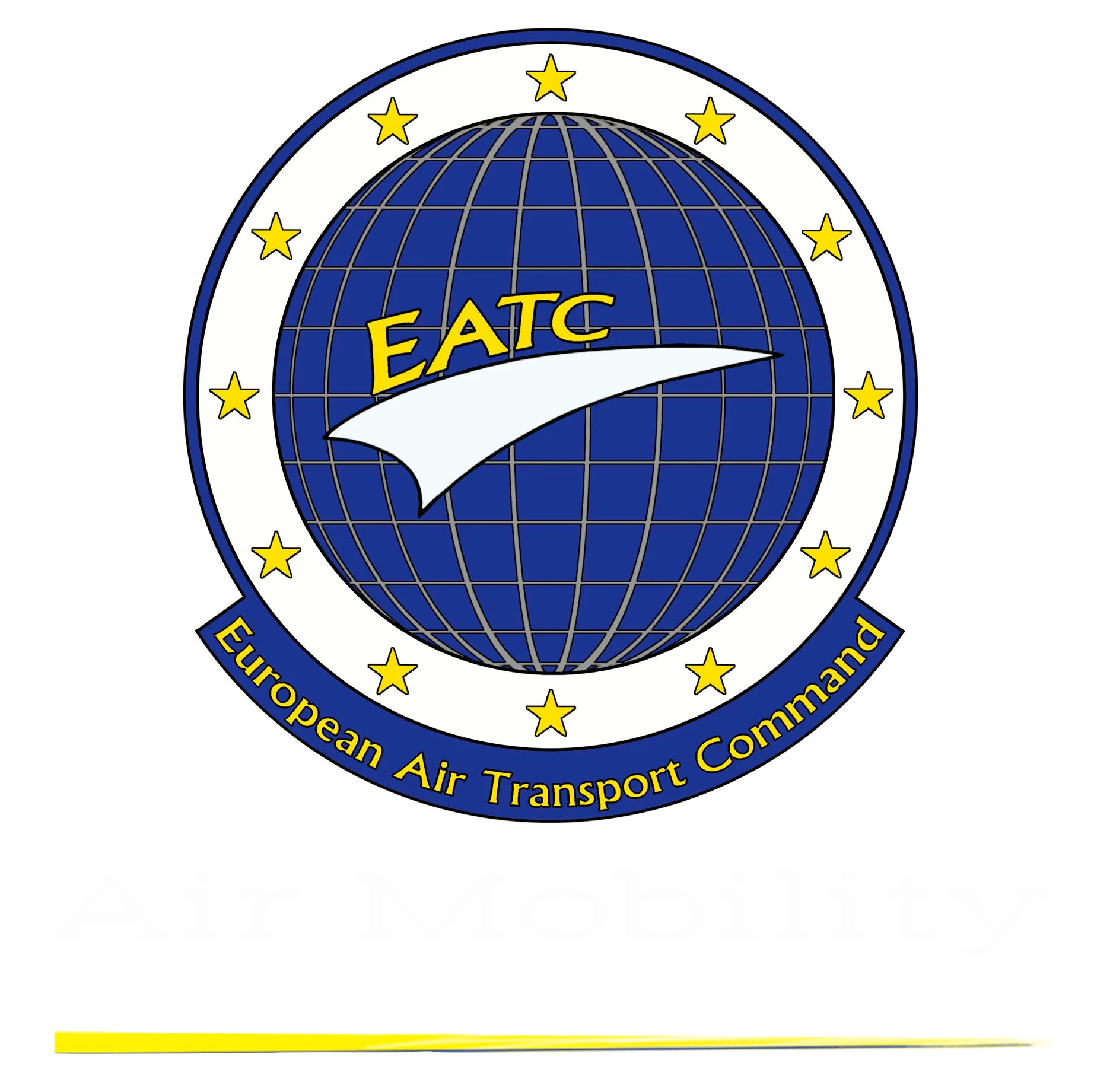- because the EATC member nations are deployed in the same areas,
- because EATC was already planning some regular flights to recurrent destinations
- because we were looking for a better way to plan with a pooling and sharing approach.
The EATC shuttle system was founded!
From September 2017 to May 2018, EATC planned 40-60 shuttle missions on a monthly basis. 80% of the scheduled shuttles were executed in the planned timelines.

The current challenge: the consolidation phase….
- The flexibility to adapt (frequency, routes) to a changing client requirement.
- Consider the shuttle flights as a priority by EATC member nations to ensure a reliable supply chain.
- Availability of 20% of the available space on any aircraft for any shuttle users, other than the provider of the aircraft.
- Always consider the request for a shuttle air transport as “partload”. The settlement between the receiver and provider is thus always balanced according to the particular “partload” ATARES rules.
- Strict compliance with multinational regulations, among others on dangerous goods.

The intermediate step: a first move to the EATC air network …
… as of mid-2019.
EATC intends to overlap the current shuttle system with an interconnected air network and to further increase the performance of the current system. It will be designed to support essentially the operational theatres where EATC member nations are involved in. The intent is to create a basic hub and spoke system linking main and secondary hubs, as well as Europe inner shuttles and outer shuttles (Asia, Middle East and Africa).
The concept of the air network will be built up on the experience gained from the shuttle systems and from the feedback received from the partners.
The concept of the air network will be built up on the experience gained from the shuttle systems and from the feedback received from the partners. Nonetheless we are already studying today’s possibilities based on a regional approach, focusing on cargo transport and on main destinations only.
EATC aims to move on a yearly basis more than 5.000 tons cargo in Africa, Asia and Middle East. This volume represents more or less 170 A400M (or equivalent) missions per year. This is why the increasing number of available A400M and C130 (J) aircraft is more than welcome to achieve our ambitious goal.
The final step: the EATC air network…
Our level of ambition is to finally offer our member nations a reliable and efficient system, responding to their needs and request for operational theatres and major resupply centers, as well as for main destinations. Pooling and sharing is offering efficient and common solutions the nations.
